One of the main things that governs whether there is normal or abnormal motion in the foot is the neuromotor coordination and the muscular strength of the foot and ankle. Some people are born with joints that don’t fit together well and some have poor ranges of motion in their joints. But strength and coordination are things that can overcome a bad deal. A person who is weak and uncoordinated may constantly injure themselves with poor movement patterns. Having better strength in the foot and coordinated movements can help decrease injuries.
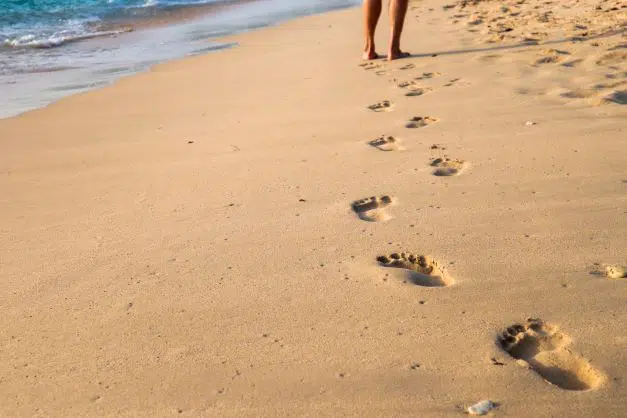
While running, the body must process a staggering amount of information, including the tension on the tendons, the changes in muscle length, the allocation of weight, monitoring of balance, stretching of the skin, pressure distribution and body temperature. The body must gather and assess this barrage of sensory information and then calculate the appropriate response from the muscles. The muscles then need to be strong enough to actually be able to cause the movement that the brain deems to be necessary.
You can debate whether it is more important for a joint to be structured appropriately or for the muscles to be strong but the two of them work together to achieve stability. Elite gymnasts train for flexibility and strength for years to accompany the skills that they practice for hours a day. Once the gymnast retires, the lack of training leads to a decrease in strength but their joints do not tighten up in proportion to the decrease in strength. This means that former elite gymnasts can often have joint stability issues leading to increased wear & tear later in life.
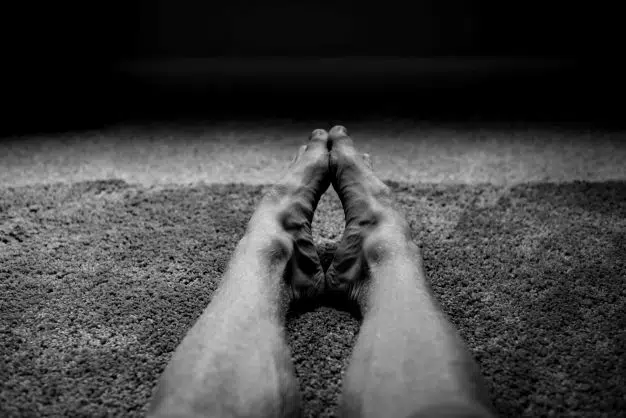
Someone who has a foot that is malfunctioning often has associated muscle weakness but can seem to be tight and contracted. Unfortunately, runners might need to avoid doing strengthening exercises initially as part of recovery because the involved muscles have been overworked and are overly fatigued. Doing strengthening exercises on an already fatigued muscle can overload the foot, which can add layers of compensation in faulty movement patterns to a chronically strained foot. In the beginning, gentle stretching of the overused muscles is often the right call.
One of the problems with these muscles being tightened and fatigued is that they often cause the muscles that do the opposite movement to be inhibited. When one side of a joint has an overworked, fatigued muscle, the muscles on the other side of the joint will be suppressed, which can create a problem with motor coordination. Stiff and tired muscles need to be stretched and massaged while the weak and lengthened muscles need to be strengthened. When these muscles are given some chance to heal and you know that overexertion is not the main culprit, strengthening exercises can begin.
Weakness can also occur when a foot is immobilized for a prolonged period. This is one of the reasons why I despise ankle-foot orthoses that are used by many podiatrists. While I understand the appeal of giving the area a rest to allow for healing, I dislike these AFOs because they lead to increased weakness in patients who are usually already compromised. One study showed that a five-week period of rest for an ankle and foot in one of these boots can result in a significant reduction in the size and strength of the ankle plantar flexors (pointing the toe down).
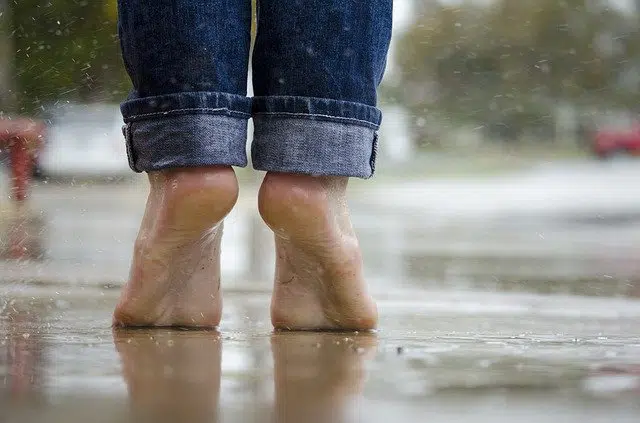
Three muscles that are prone to be strained due to fatigue include the tibialis posterior, soleus and gastrocnemius muscles. The soleus and gastrocnemius muscles make up the calf muscles. The tibialis posterior muscle is located on the inner edge of the shin bone and is the muscle that is typically involved in things like posterior shin splints.
Many of the muscles that are associated with the ankle and foot lie in the lower leg above the ankle and below the knee. Other muscles are located inside of the foot itself and they are known as intrinsic foot muscles. Muscular support of the large arch of the foot is obviously important. Increases in the strength of the intrinsic foot muscles, as well as the front shin muscles, help to provide muscular support for this large arch.
Sometimes muscles are weak because they have knots in them need to be treated using self-soft tissue treatments, like foam rolling. When these trigger points are present, exercises should only take place by resisting a force and holding a position (isometric contraction) initially and then progress to an eccentric contraction. Eccentric contractions are when a muscle is under tension while it is still lengthening. Think of going up on your tiptoes and then slowly lowering down your heel until it is below the step that you’re standing on.
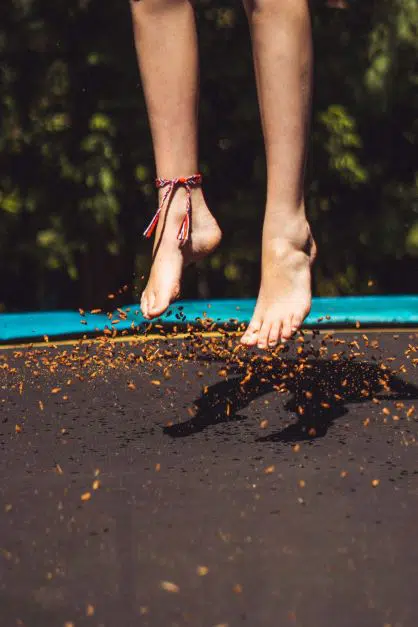
There are multiple options for strength training the foot. Options include isometric contractions as mentioned before as well as multiple variations with the joint moving. There can be bodyweight exercises, lifting weights or using tubing, running drills, and plyometric exercises. One of the easiest ways to strengthen the foot is with barefoot walking, but not everybody can do so when they have had problems in the legs and feet. Running drills can be made more difficult by having the person repeat them side to side or making figure 8 drills progressively tighter. There are ways to increase strength and neuromuscular coordination by using different plyometric exercises and combinations with the Carioca maneuver. Some of these exercises can only increase strength but should help to produce the synchronized and coordinated muscular firing patterns that are needed for a full recovery.
foot strengthening exercises
So, let’s go over some examples of how to strengthen the feet starting with more basic examples and then getting more complex and advanced.
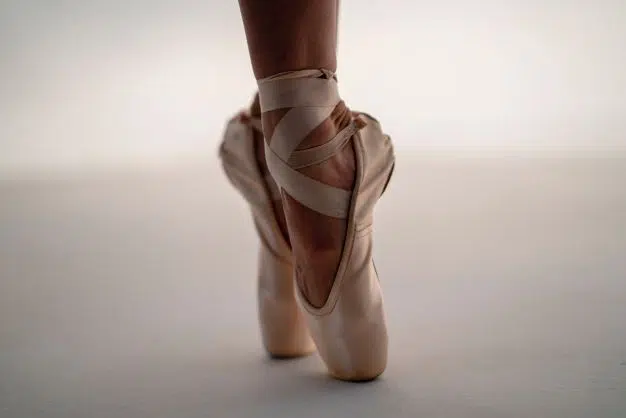
Isometric exercises can happen in each of the different directions. Ideally one should do the exercise every 15° of the range of motion to fully build strength throughout the range of motion. Isometrics are also done based on the duration of the hold, so getting stronger means that you would hold the position longer. Depending on how hard it is for you to do initially, you might have to hold the position for only one second and do multiple sets of 10 to 15 repetitions. As the exercise becomes easier, you increase the hold time to make it so that it is a challenge for you. This means that you would go from 1 second to 3 seconds then 3, 5, 8, and 10 seconds.
Eventually, you could combine sets and reps so you might hold something for 30 seconds or 60 seconds. Examples of this to improve your plantar flexors would be standing with your toes on the edge of a stair with your feet completely flat and holding that position. To build full strength, you would also do the move with your heels down below your toes while standing on the stair and also with your toes pointed down and your heels above your toes. An excellent way to build strength is to work on getting that maximum height with your toes fully pointed down staying at the highest that you can. This exercise could also be changed so that you are working one leg at a time to make it more difficult.
Exercises to build Foot and Ankle Strength
In the following videos, there is some great information although the video quality is not the best in many of them. I may shoot my own version of these videos in the future but these are awesome videos on how to build strength in the foot and ankle.
